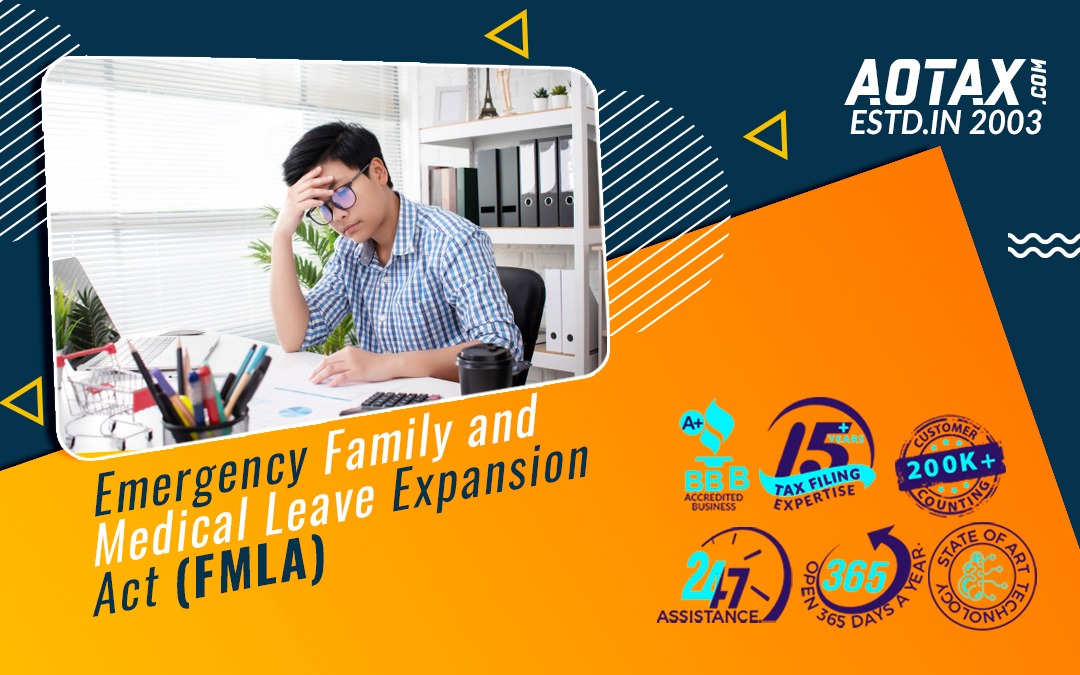
“Health care provider” includes anyone employed at any doctor’s office, hospital, health care center, clinic, post-secondary educational institution offering health care instruction, medical school, local health department or agency, nursing facility, retirement facility, nursing home, home health care provider, any facility that performs laboratory or medical testing, pharmacy, or any similar institution.

The employer should retain such records for its own files.Īdditionally, employers may choose to exclude some health care providers and emergency responders from this Act. If a small employer decides to deny paid sick leave or expanded family and medical leave to an employee, the employer must document the facts and circumstances that meet the above criteria. This decision can be made on a case-by-case basis for each employee request. The US DOL stated the qualifying reasons for this exemption are: (1) Such leave would cause the small employer’s expenses and financial obligations to exceed available business revenue and cause the small employer to cease operating at a minimal capacity, (2) the absence of the employee requesting such leave would pose a substantial risk to the financial health or operational capacity of the small employer because of his or her specialized skills, knowledge of the business, or responsibilities, or (3) the small employer cannot find enough other workers who are able, willing, and qualified, and who will be available at the time and place needed, to perform the labor or services the employee requesting leave provides, and these labor or services are needed for the small employer to operate at a minimal capacity.

These documents may include a copy of the Federal, State, or local quarantine or isolation order related to COVID-19 or written documentation by a health care provider advising you to self-quarantine due to concerns related to COVID-19.Įmployers with fewer than 50 employees may qualify for a hardship exemption for leave requested by an employee, but only for the purpose of caring for a child because the child’s school or daycare has closed due to COVID-19. To qualify for the Emergency Sick Leave, an employee must provide his/her employer with documentation in support of the reasons for the paid sick leave outlined above, including the employee’s name, qualifying reason for requesting leave, statement that the employee is unable to work, including telework, for that reason, and the date(s) for which leave is requested. If the employee takes leave to care for a quarantined individual or minor child whose school or childcare provider has been closed, the employee must receive two-thirds their regular rate of pay, capped at $200 per day and no more than $2,000 over the two-week leave period. Emergency paid sick leave must be made available in addition to any existing paid time off policies, and employers cannot require that employees use accrued paid time off prior to utilizing emergency paid sick leave.įor employees using emergency paid sick leave for their own illness or quarantine order, the employee must receive their regular rate of pay, capped at $511 per day and no more than $5,110 over a two-week period of leave. Part-time employees are eligible for paid leave equivalent to the number of hours they work on average over a two-week period. Full-time employees are eligible for two weeks of paid leave, capped at 80 hours total. The employee is caring for a minor child whose school or childcare provider is closed.Īll employees are eligible for emergency paid sick leave, regardless of how long they have worked for an employer.The employee is caring for an individual subject to a quarantine or isolation order.A quarantine or isolation order has been issued by federal, state, or local authorities.


On March 18, 2020, Congress approved the Families First Coronavirus Response Act (“FFCRA” or the “Act”), an emergency relief bill providing financial support to those impacted by the COVID-19 pandemic.


 0 kommentar(er)
0 kommentar(er)
